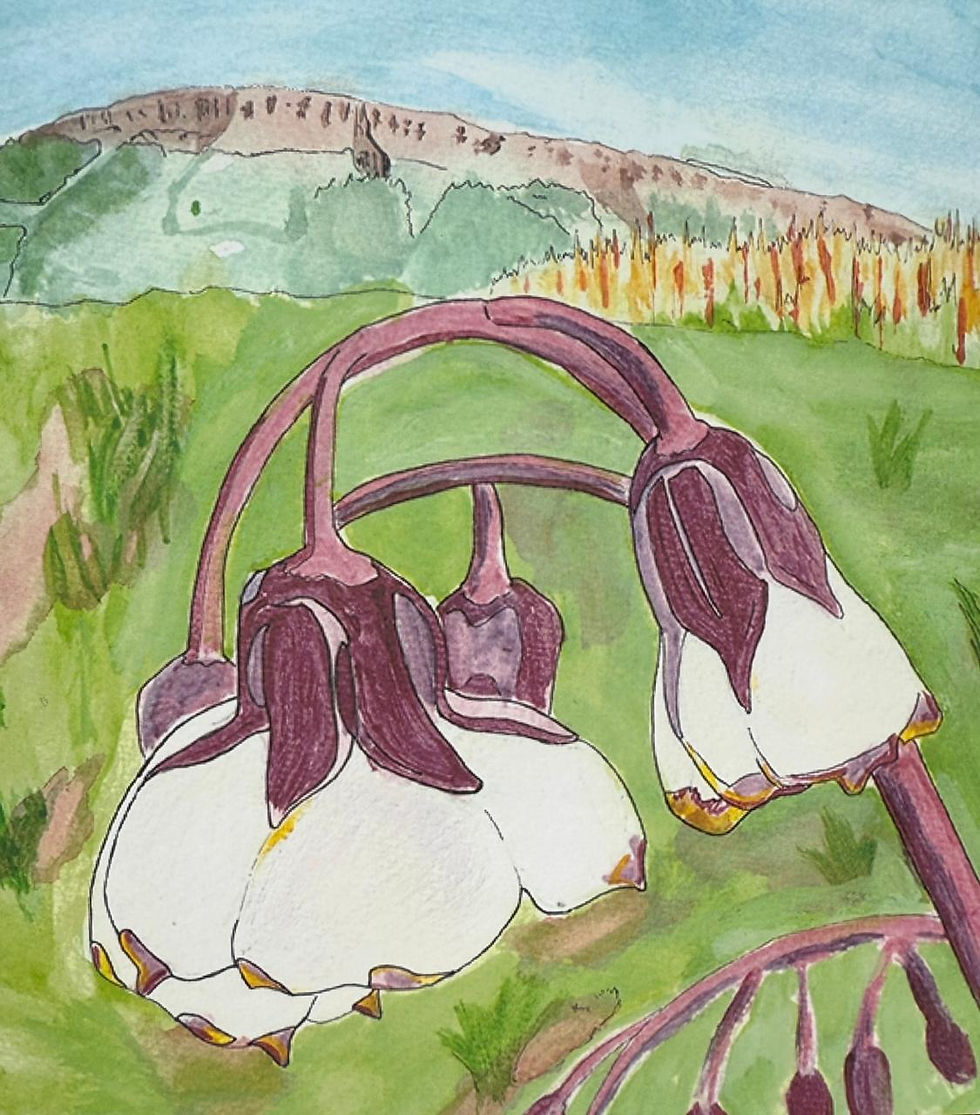HAENERTSBURG IN THE LAND OF THE SILVER MIST
- Feb 10, 2023
- 3 min read
Updated: May 27, 2023
From the research of Professor Louis Changuion
PART ONE
‘The Mountain’, has been described as the region ‘where the Wolkberg Massif rises into the clouds which gave it its name’, and is also known as the ‘Land of the Silver Mist’. Haenertsburg and surrounds has become a popular hiking and mountain-climbing venue, famed for its well-wooded areas and sparkling waters. Over the past hundred years, it has also become a popular holiday and tourist attraction for the many outdoor activities including flyfishing for the ‘ trout is rising in them thar waters’.
Rock art discovered in the Mohlapitse Valley in the Wolkberg Mountains, indicates the presence of Bushman (San) of the later Stone Age and it has generally been accepted that the earliest inhabitants probably crossed the Limpopo River between 500 and 700 years ago in their migration south from Central Africa. The BaLobedu people under ‘Queen Modjadji’ lived in the foothills of the mountain; alongside Kgoshi (chief) Makgoba’s BaTlou tribe while the BaTladi of Mamabolo made their home on the uplands.
In the late 1860s, woodcutters came up to the Woodbush Forest and a village started in the early seventies was spontaneously known as Houtboschdorp (Woodbush village). A great quantity of valuable timber was cut from the indigenous forests to be used for the construction of wagons, as well as for mining and building activities. A growing community of woodcutters settled in the area which is now known as Houtbosdorp and, in 1878, the Berlin Mission Society established a mission in the area, calling it Mphôme. When the Mission Station was moved to near Houtbosdorp in 1896 and renamed Kratzenstein, it brought many settlers to Woodbush with Boers joining the influx as the Government offered free land to white farmers in 1886.
However, it was only when German explorer and geologist, Karl Mauch, walked through much of the Transvaal and found indications of rich mineral deposits that prospectors and diggers from all over the world followed close on his heels in what became known as the Woodbush Gold Rush. Around 1871, various discoveries were made and mining, mainly for gold, led to the declaration of the goldfields. It was under these conditions that the village of Haenertsburg was proclaimed in 1887 as the centre of the ‘Houtboschberg-goudvelden’. The village was named after Carl Ferdinand Haenert, who came to South Africa from Germany in 1857 and made the first gold discoveries here. For a while the town showed great promise and several mining companies were floated.
The establishment of a postal service in 1889 did much to break the isolation of the Haenertsburg community. CH Doel Zeederberg provided a regular coach service between Pietersburg and Leydsdorp via Haenertsburg and experimented with using zebras instead of horses as draught animals, as they were immune to horse sickness which was so prevalent in the Lowveld. Unfortunately, Haenertsburg never really grew, simply because approximately at the same time, gold was discovered on the Witwatersrand, which led to the founding of Johannesburg. When it became known that the gold there was more plentiful, the majority of miners left Haenertsburg before the turn of the century for the more promising prospect of Jo’burg city.

Haenertsburg village stagnated still further with the ever-decreasing activities on the mines. In 1894, the government declared war against Chief Makgoba and Queen Modjadji because of disputes about land, resulting in an influx of commandos to the area. After Chief Makgoba was killed in 1895, a track was made down the mountain which later became known as Magoebas Kloof, joining Haenertsburg with the lowveld and the northern trade routes. Today, Haenertsburg is still a small village much-loved by the residents who moved here to escape the hustle and bustle of city life - a goldmine indeed.
(To be continued: Part 2: Haenertsburg and the Anglo-Boer War)
Photo Credits: Louis Changuion Collection







Comments